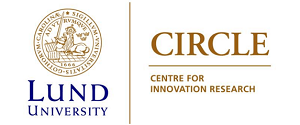No 2019/9: Cross-border knowledge flows through R&D FDI: Implications for low- and middle-income countries
Vito Amendolagine (), Cristina Chaminade (), José Guimón () and Roberta Rabellotti ()
Additional contact information
Vito Amendolagine: Università di Pavia, Postal: Italy
Cristina Chaminade: Lund University, Postal: Sweden
José Guimón: Autonomous University of Madrid, Postal: Spain
Roberta Rabellotti: Università di Pavia, Postal: Italy
Abstract: R&D related foreign direct investments represent a powerful mechanism for cross-border knowledge sharing that can stimulate the process of technological catch-up. However, low-income countries and smaller middle-income countries remain largely excluded from this kind of global flows of knowledge. In this chapter, we discuss the motivations and implications of this type of FDI for low and middle income countries, building on a critical review of the existing literature and analyse the trajectory of R&D FDI during the period 2003-2017 by region and industry. The data is used as a point of departure to discuss potential policies specially tailored for low and middle income countries and their capacity to attract and anchor R&D related FDI for technological catch up. The paper finalizes outlining a future research agenda.
Keywords: Foreign Direct Investment; Technology driven FDI; International technology transfer; South-South FDI; Developing countries; Less developed countries; Emerging Economies; Innovation policy
24 pages, June 7, 2019
Full text files
201909_amendolagine.pdfFull text
Questions (including download problems) about the papers in this series should be directed to Torben Schubert ()
Report other problems with accessing this service to Sune Karlsson ().
RePEc:hhs:lucirc:2019_009This page generated on 2024-09-13 22:16:05.

